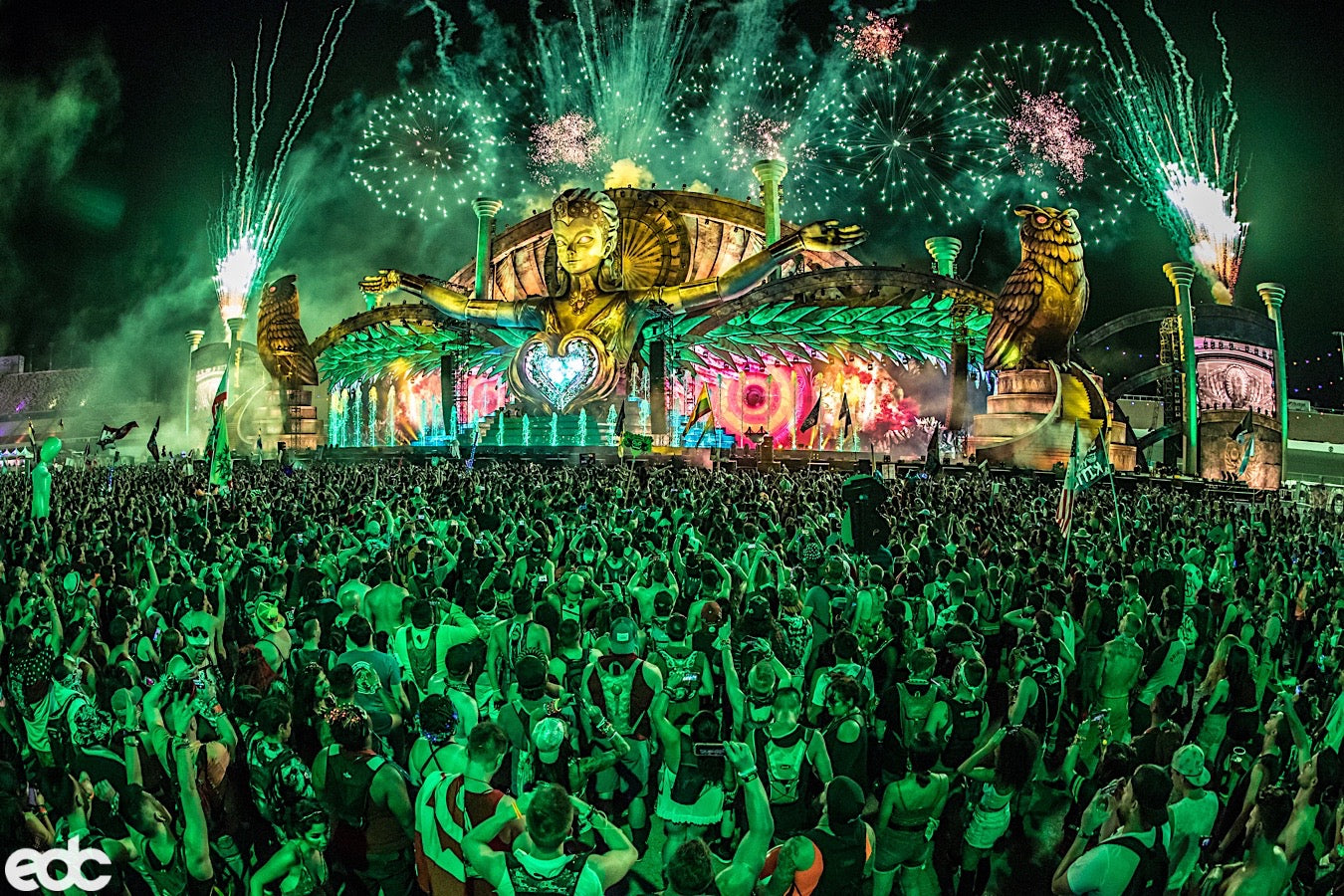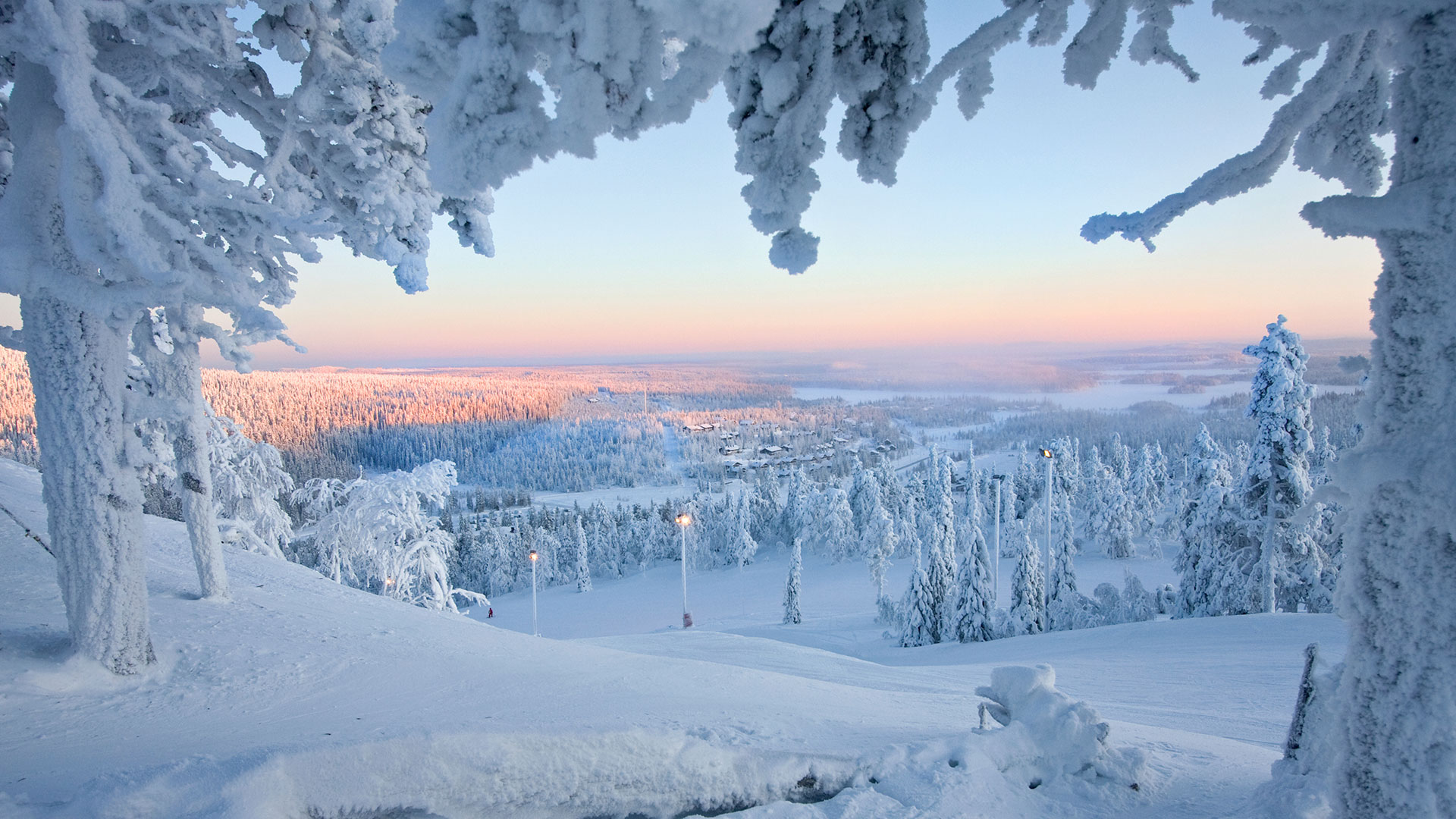The Economic Benefits Of Large-Scale Rave Festivals

Table of Contents
Job Creation and Employment Opportunities
Large-scale rave festivals are major employers, generating a wide range of jobs both directly and indirectly.
Direct Employment:
Rave festivals require a substantial workforce to operate smoothly. This includes:
- Event Staff: Security personnel, medical professionals, event managers, stagehands, sound technicians, lighting technicians, and numerous other roles crucial for event production.
- Venue Staff: Cleaners, bartenders, security guards, and other staff employed at the festival venue itself. These positions often require local hires.
- Temporary Roles: Setup and teardown crews, transportation workers, and other temporary positions needed before, during, and after the festival.
A medium-sized festival (e.g., 20,000 attendees) might create hundreds of direct jobs, while a large-scale event (e.g., 100,000 attendees) could generate thousands. These positions range from skilled technical roles to entry-level positions, providing opportunities for diverse segments of the population.
Indirect Employment:
The economic impact extends far beyond the festival grounds. The influx of attendees creates a ripple effect, boosting employment in related sectors:
- Increased Demand for Local Services: Hotels, restaurants, transportation services (taxis, ride-sharing), and other local businesses experience a surge in demand during and around the festival.
- Tourism-Related Jobs: Tour guides, taxi drivers, and other tourism-related businesses benefit from the increased tourist traffic attracted by the festival.
- Spin-Off Businesses: Merchandise sales, food stalls, and other businesses specifically set up to cater to the festival crowd create further employment opportunities. For example, the growth of local food trucks and merchandise vendors around popular festivals showcases this positive effect.
Revenue Generation and Tax Revenue for Local Governments
Rave festivals are significant revenue generators, providing substantial income for both organizers and local governments.
Ticket Sales and Revenue Streams:
Large-scale festivals generate millions of dollars in revenue from several sources:
- Ticket Sales: The primary revenue stream, with ticket prices varying widely based on the festival's scale and popularity. Major festivals can generate tens of millions in ticket sales alone.
- Other Revenue Streams: Sponsorships from various companies, merchandise sales, food and beverage sales, and VIP packages contribute significantly to the overall revenue.
- Tax Revenue for Local Authorities: A substantial percentage of this revenue goes back to the local government through various taxes, including sales tax, entertainment tax, and possibly lodging tax.
Increased Tax Revenue:
The influx of attendees and increased spending directly translate into higher tax revenue for local governments:
- Local Sales Tax: Increased spending on food, beverages, accommodation, and merchandise generates significant local sales tax revenue.
- Tourism Tax: Many locations levy a tourism tax on accommodation and other tourist-related services, adding to the fiscal benefits.
- Long-Term Investment: The substantial tax revenue generated by successful festivals can fund crucial infrastructure improvements and other long-term investments in the local community. For instance, the proceeds can be used to improve roads, public transportation, or other public amenities.
Boost to Local Businesses and the Tourism Sector
The economic impact of rave festivals extends beyond direct employment and tax revenue, significantly boosting local businesses and tourism.
Increased Spending by Attendees:
Festival-goers spend considerable sums of money during their visit:
- Expenditure Patterns: Attendees spend money on accommodation (hotels, Airbnbs), food and beverages (restaurants, bars, street food), transportation (taxis, buses, trains), and various other goods and services.
- Economic Multiplier Effect: This spending creates an economic multiplier effect, as businesses reinvest their profits, further stimulating the local economy. This means the initial spending has a cascading positive impact.
- Data and Case Studies: Numerous case studies demonstrate the substantial increase in local business revenue during and around large-scale rave festivals.
Promotion of the Host Location:
Rave festivals act as powerful marketing tools for the host location:
- Destination Marketing: The festival attracts tourists from around the world, promoting the host region as a desirable travel destination. The positive media attention also helps in this regard.
- Increased Visibility: The global media coverage surrounding major festivals significantly boosts the visibility and brand image of the host location.
- Year-Round Tourism: The positive experiences of festival attendees can lead to repeat visits and recommendations, benefiting the local tourism industry throughout the year. Many locations see a rise in tourism even after the festival has ended.
Infrastructure Development and Long-Term Economic Impact
Rave festivals often serve as catalysts for infrastructure development, leading to long-term economic benefits.
Investment in Infrastructure:
The influx of attendees often necessitates improvements to local infrastructure:
- Transportation Upgrades: Increased demand for transportation can lead to improvements in roads, public transport, and other transportation infrastructure.
- Long-Term Benefits: These infrastructure improvements benefit not only festival-goers but also the local community long after the festival has ended. This makes these investments worthwhile for the long term.
- Case Studies: Many examples exist where festivals have prompted crucial upgrades in infrastructure, improving the quality of life for residents and attracting further investments in the area.
Sustainable Economic Growth:
Well-managed rave festivals can foster sustainable economic growth:
- Sustainable Jobs: The creation of sustainable jobs in tourism, hospitality, and related sectors can benefit the local economy for years to come.
- Long-Term Strategies: Careful planning and collaboration between organizers, local governments, and businesses are crucial to ensuring the festival's positive long-term impact on the local economy.
- Examples of Long-Term Development: Several rave festivals have successfully created sustainable economic opportunities and left behind positive long-term legacies for their communities.
Reap the Rewards: The Economic Benefits of Large-Scale Rave Festivals
In conclusion, large-scale rave festivals offer substantial economic benefits to their host locations. From creating numerous jobs and generating significant tax revenue to boosting local businesses and stimulating infrastructure development, these events play a vital role in economic growth. By considering the economic advantages when planning your next event, and exploring the potential of large-scale rave festivals, you can discover a powerful tool for boosting your local economy. Learn more about how to leverage the economic benefits of large-scale rave festivals for your community and support local events to reap their rewards.

Featured Posts
-
 Diddy Trial Update Cassie Ventura Concludes Testimony Dawn Richard Takes The Stand
May 18, 2025
Diddy Trial Update Cassie Ventura Concludes Testimony Dawn Richard Takes The Stand
May 18, 2025 -
 Late Game Collapse Costs Angels In Loss To Padres Tatis Jr
May 18, 2025
Late Game Collapse Costs Angels In Loss To Padres Tatis Jr
May 18, 2025 -
 O Kanie Goyest Kai I Prospatheia Epanaproseggisis Me Ton Jay Z Kai Tin Beyonce
May 18, 2025
O Kanie Goyest Kai I Prospatheia Epanaproseggisis Me Ton Jay Z Kai Tin Beyonce
May 18, 2025 -
 Navigating Metropolis Japan A Practical Travel Guide
May 18, 2025
Navigating Metropolis Japan A Practical Travel Guide
May 18, 2025 -
 Amanda Bynes Only Fans A Post Hollywood Career Path
May 18, 2025
Amanda Bynes Only Fans A Post Hollywood Career Path
May 18, 2025
Latest Posts
-
 The Most Frustrating Outcome For Gilbert Burns More Significant Than Recent Defeats
May 18, 2025
The Most Frustrating Outcome For Gilbert Burns More Significant Than Recent Defeats
May 18, 2025 -
 Analyzing Gilbert Burns Biggest Disappointment Beyond The Losses
May 18, 2025
Analyzing Gilbert Burns Biggest Disappointment Beyond The Losses
May 18, 2025 -
 Gilbert Burns A Single Result More Disappointing Than Defeat
May 18, 2025
Gilbert Burns A Single Result More Disappointing Than Defeat
May 18, 2025 -
 The One Thing That Upset Gilbert Burns More Than His Recent Losses
May 18, 2025
The One Thing That Upset Gilbert Burns More Than His Recent Losses
May 18, 2025 -
 What Bothered Gilbert Burns More Than His Losses
May 18, 2025
What Bothered Gilbert Burns More Than His Losses
May 18, 2025
